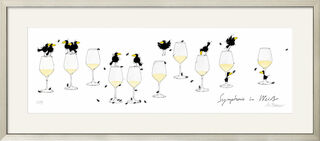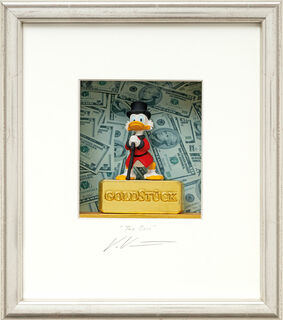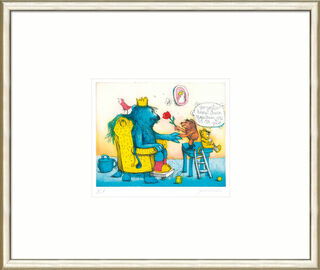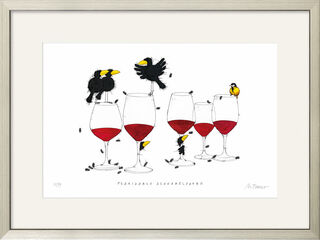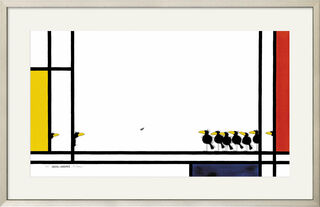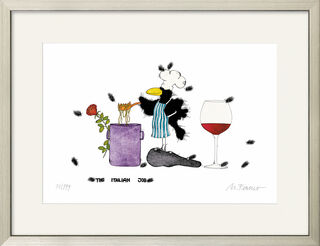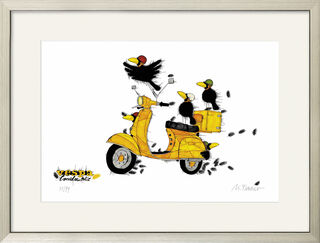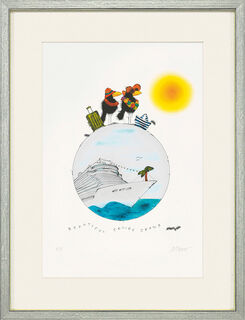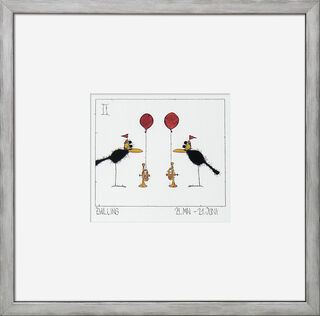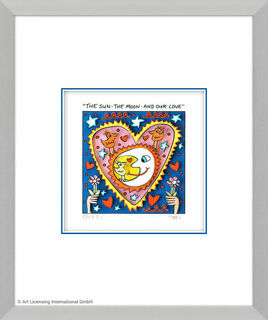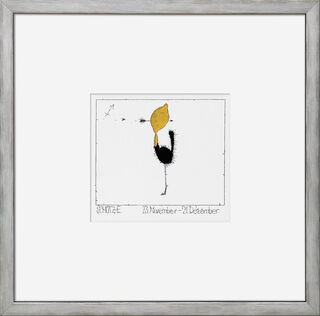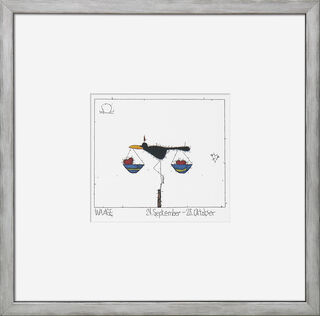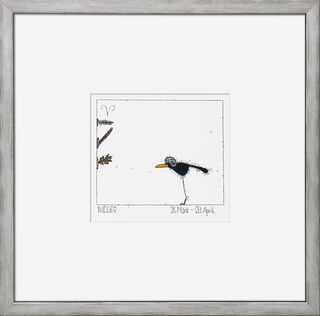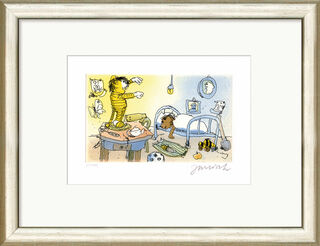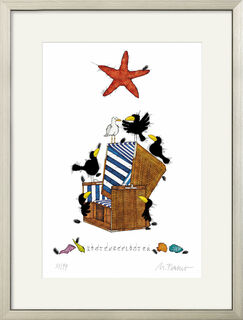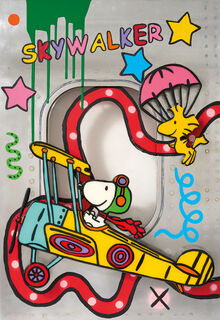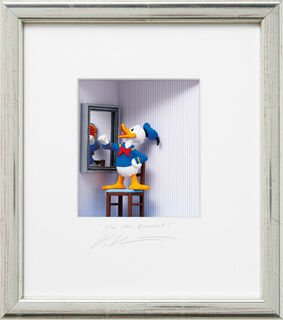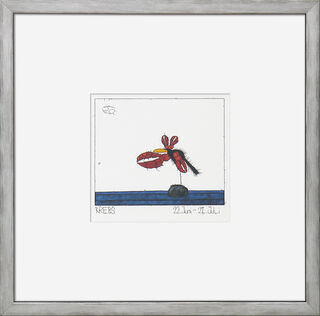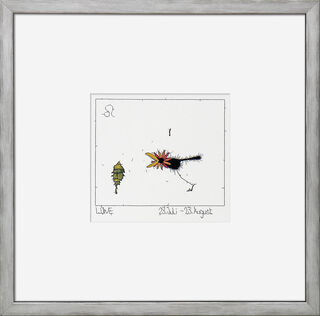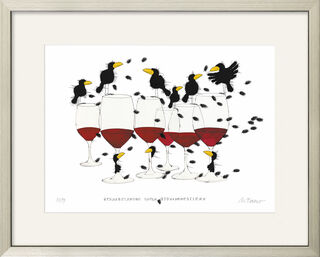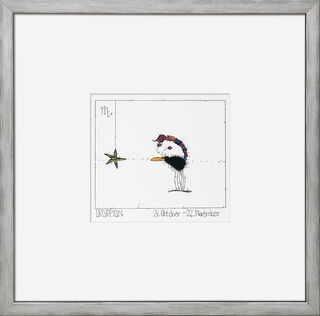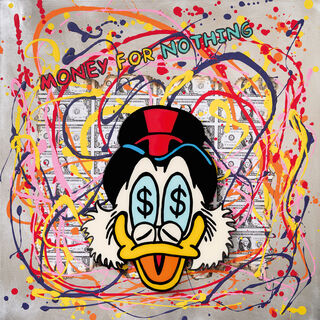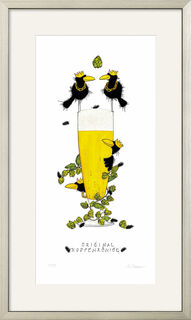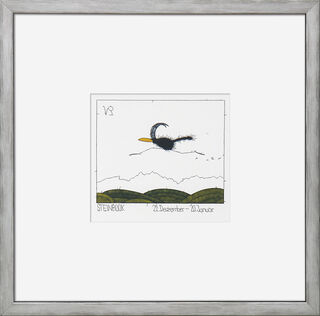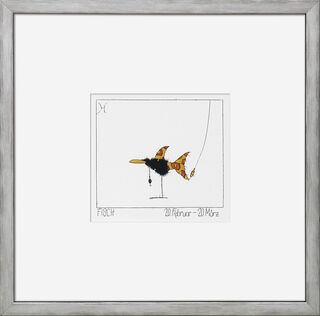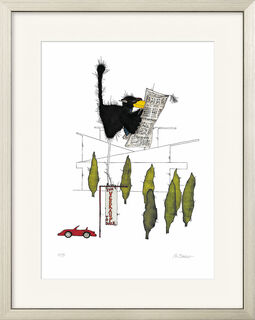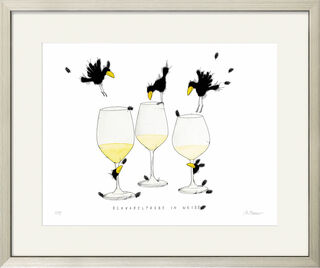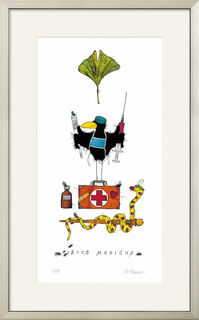Humour / Caricature
Laughing With Art – Humour in Painting
The visual arts have developed many different disciplines in which humour plays an important role, for example, caricatures, cartoons, and comics. Artists of many epochs saw humour as an important element of their art and painted or drew funny motifs, comical figures, or bizarre scenes. However, many painters and graphic artists also worked with very subtle humour, which they hid in their works, and which only revealed itself at a second glance. But the relationship between humour and visual art was not always entirely free of tension. Throughout art history, there were times when humorous elements in painting weren't particularly well-received. Especially in the case of very traditional motifs such as portraits, landscapes or historical scenes, the art establishment did not allow even the slightest bit of fun. Apparently, humorous pictures were seen as a risk to the reputation of painting as a serious form of visual art.
Artists and Comedy From Biedermeier to Pop Art
Although there was a lot of resentment towards art with a humorous side, there were plenty of artists who more or less openly incorporated comedy into their works. A particularly well-known example is the Biedermeier painter Carl Spitzweg. On the surface, his paintings depicted harmless scenes from everyday life, yet he managed to hide subtle ironic comments in each of his paintings. Since some of his sideswipes referred to the authorities, his paintings often seemed provocative. Other artists worked quite openly with humour. The Dadaists in the 20th century, for example, used it as a tool against the brittle seriousness of art. The works of Kurt Schwitters, Hans Arp and others were not necessarily funny in the traditional sense, but their sometimes cryptic and exaggerated modes of representation in pictures and writings implicitly had a very humorous side. The works of the Surrealists, with their grotesque and twisted interpretations of reality, also possessed a certain comic quality. The artists of Pop Art were also open to wit and comedy. On the one hand, they directly adopted the aesthetics of comics. On the other hand, the staging of simple everyday objects as works of art could certainly provide amusement. Some artists even worked as both painters and caricaturists during their careers, such as the Bauhaus legend Lyonel Feininger or the avant-garde and Dadaist George Grosz. Other caricaturists and humorous illustrators such as Wilhelm Busch or Janosch are today undisputedly recognised as representatives of painting.
Caricature – Humorous Pictures with Satire and Irony
The art of caricature is one of the oldest and most traditional humorous art forms. A caricature comments on social and political conditions and events in an exaggerated and pointed way of depiction with irony, satire, and wit. Often, the boundaries between caricature and painting or drawing were fluid. The earliest caricatures are said to have existed in antiquity among the Greeks and Romans. The invention of printing opened up new ways of reproducing caricature illustrations. However, caricatures only gained greater popularity from the 18th century onwards. In England and France as well as in Germany, it became increasingly common to criticise the shortcomings in society and politics through small humorous drawings. Newspapers and magazines set up corresponding sections, and publications that exclusively presented satire and caricatures also gained a foothold. The oldest satirical magazines in Germany include the "Fliegenden Blätter" (Englisch = Flying Leaves) (from 1844 to 1944) and the "Simplicissimus" (from 1896 to 1944). Sometimes caricature drawing was also used for political propaganda purposes – especially during the Cold War. However, today caricaturists largely take on the role of chroniclers who humorously aim at their time and their contemporaries.

